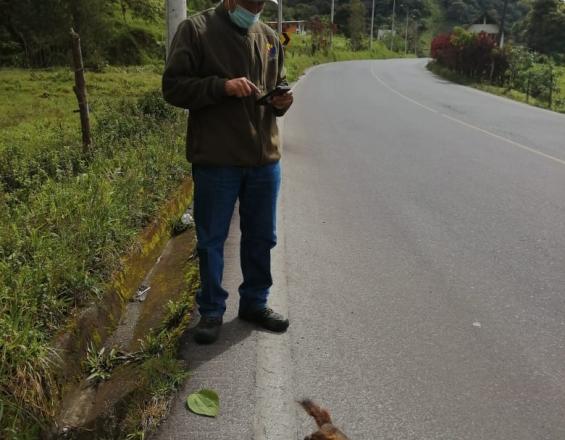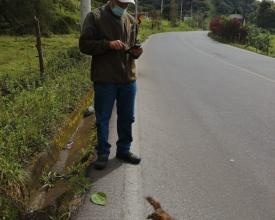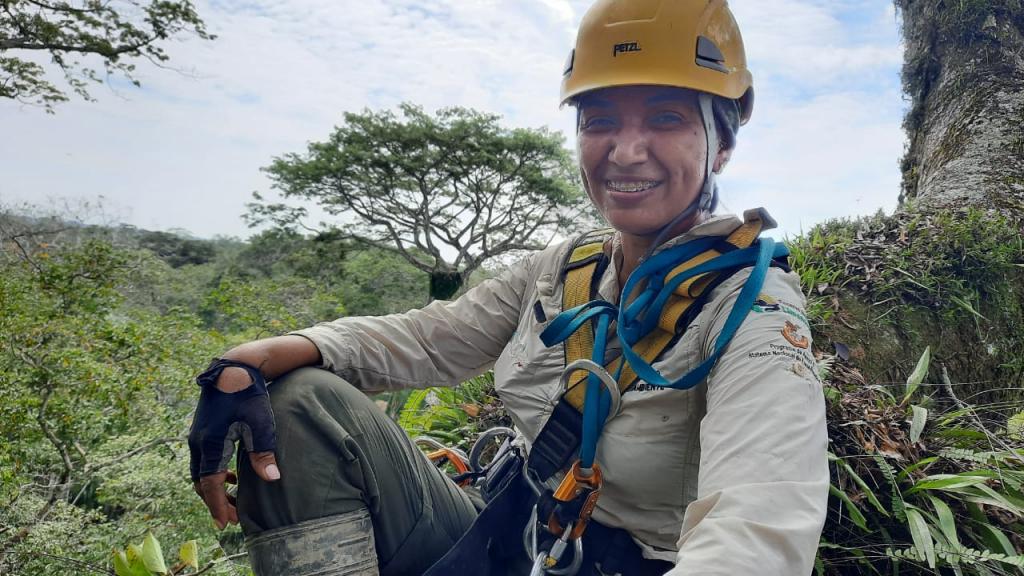Wildlife Hit-and-Run. Proposal for an Action Plan in Cayambe Coca National Park.

During 2020, the Cayambe Coca National Park team began collecting information on wildlife run over on the E20, E45 and E10 roads, through the use of the Epicollect application. As preliminary results, it was identified that the most run over species correspond to Didelphis marsupialis and Didelphis pernigra. In addition, species corresponding to the following classes have been reported: birds, reptiles and mammals.
With the data obtained, approaches have been made to the Ministry of Transportation and Public Works to place depressed fauna crossings and canopy bridges, as well as signage in places defined as hot spots or areas of greater conflict.
As part of the Environmental Education Program, talks have been held with transport cooperatives in the cantons of El Chaco and Gonzalo Pizarro to raise awareness of the problem. A group of young people has also been organized to learn about the problem and help process the information through the application.
Context
Challenges addressed
Location
Impacts
The environmental education campaign seeks to raise awareness about the importance of wildlife and its role in ecosystems. Key concepts addressed include fragmentation, the meaning of wildlife and differences with domestic species and the trophic niche.
In reference to foxes or opossums(Dipelphis), special emphasis has been placed on their conservation, since they are the animals that suffer most from being run over on the roads studied. The perception of drivers and citizens in general is that they are "bad" because they eat chickens and eggs. For this reason, the training argues that they are species that regulate pests such as mice and small reptiles, in order to counteract this negative idea held by the population.
With the installation of signage and wildlife crossings in strategic locations obtained through a Geographic Information System (GIS), by means of a Kernel or heat map, the aim is to reduce the death of wildlife species that try to cross the road. It is important that these physical measures are monitored from their placement to measure their effectiveness.

